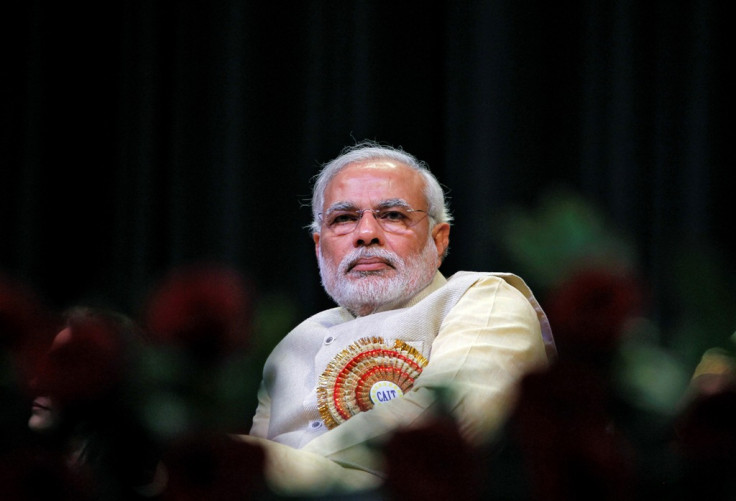India elections 2014: Can Narenda Modi Make His Gujarat Model Work?

Narendra Modi, the upcoming Prime Minister of India, has been chief minister of the state of Gujarat for more than 12 years and has been instrumental in the unprecedented growth of the state.
The kind of economic and social development Gujarat has achieved during the Modi regime has prompted his fans to call him 'Vikas Purush', or development icon.
The Modi-led Bharatiya Janata Party (BJP) is poised to win majority, a result that will see the party form India's next government. And Modi's leadership will come at a time when the world is looking at Asia's third largest economy for reform.
Economic growth had slowed down under India's current government, led by the Congress party.
The new government will inherit an economy with a sluggish growth, high inflation and a significant current account deficit.
During election campaigns across the country, Modi and the BJP highlighted the Gujarat model to woo voters, while detractors such as Congress vice-president Rahul Gandhi and Aam Aadmi Party chief Arvind Kejriwal were of the view that the Gujarat model is over-hyped and is a synonym for crony capitalism, where only big industrialists benefit.
The average gross domestic product growth rate in Gujarat over the past 10 years at 10.1% has been above the national average at 7.71%, while public debt has been significantly cut down.
But according to the Maharashtra Congress, the United Nations' multi-dimensional poverty index developed in 2013 shows that a huge 41% of people in Gujarat are poor.
"Out of 41% of the poor, 18.5% live in severe poverty. How can a state where every fifth person lives in abject poverty and 41% in poverty claim to be a model for anyone," Maharashtra Pradesh Congress Committee spokesman Sachin Sawant said at a press conference in March 2014.
In 2001, Gujarat was hit by a massive earthquake and its reputation among investors suffered after the communal riots in 2002.
One of the main ideas behind Modi's Gujarat model was to make the state more business-friendly. In order to do this, and address the state's growth issues, Modi came up with the Vibrant Gujarat Investors' Summit, an event promoting investment in the state, that was launched in 2008.
Until 2011, the state had reportedly signed agreements with companies for investments of $673bn as a result of this event. And the summit has also reportedly attracted big Indian conglomerates including Reliance, Tata, Adani Group and Mahindra.
In order to make it easy for companies to get government approval for projects, Modi opened a "single-window" system that acts as one point for all government approvals.
Another notable feature of Modi model is the management of state-run companies. Modi reduced political interference in public sector companies. Loss-making companies such as Gujarat State Fertilizers and Chemicals Ltd, Gujarat Alkalies and Chemicals Ltd and Gujarat Urja Vikas Nigam Ltd and the erstwhile Gujarat Electricity Board were reorganised and they returned to profit by 2006.
Gujarat was recently set at the top of an index measuring governance quality, growth, citizens' rights, and labour and business regulations among 20 largest Indian states, according to a report published by Cato Institute with Indicus Analytics and the Friedrich Naumann Foundation in New Delhi.
While there is no doubt that the Modi model has changed the fate of Gujarat, a noteworthy question is: can Modi replicate the same model at a national level?
In general, Modi's development philosophy revolves around giving more freedom and flexibility to both consumers and manufacturers. This can be applied in every Indian state.
As a country, India is known as a land of diversities that widely influence its economic policies. Specifics of the Gujarat model - such as rapid industrialisation and more investment in farming - cannot be applied everywhere.
While sticking to the basic philosophy, authorities will have to devise individual strategies, taking into account peculiarities of different states in the country if they are to achieve stable economic growth.
© Copyright IBTimes 2025. All rights reserved.






















